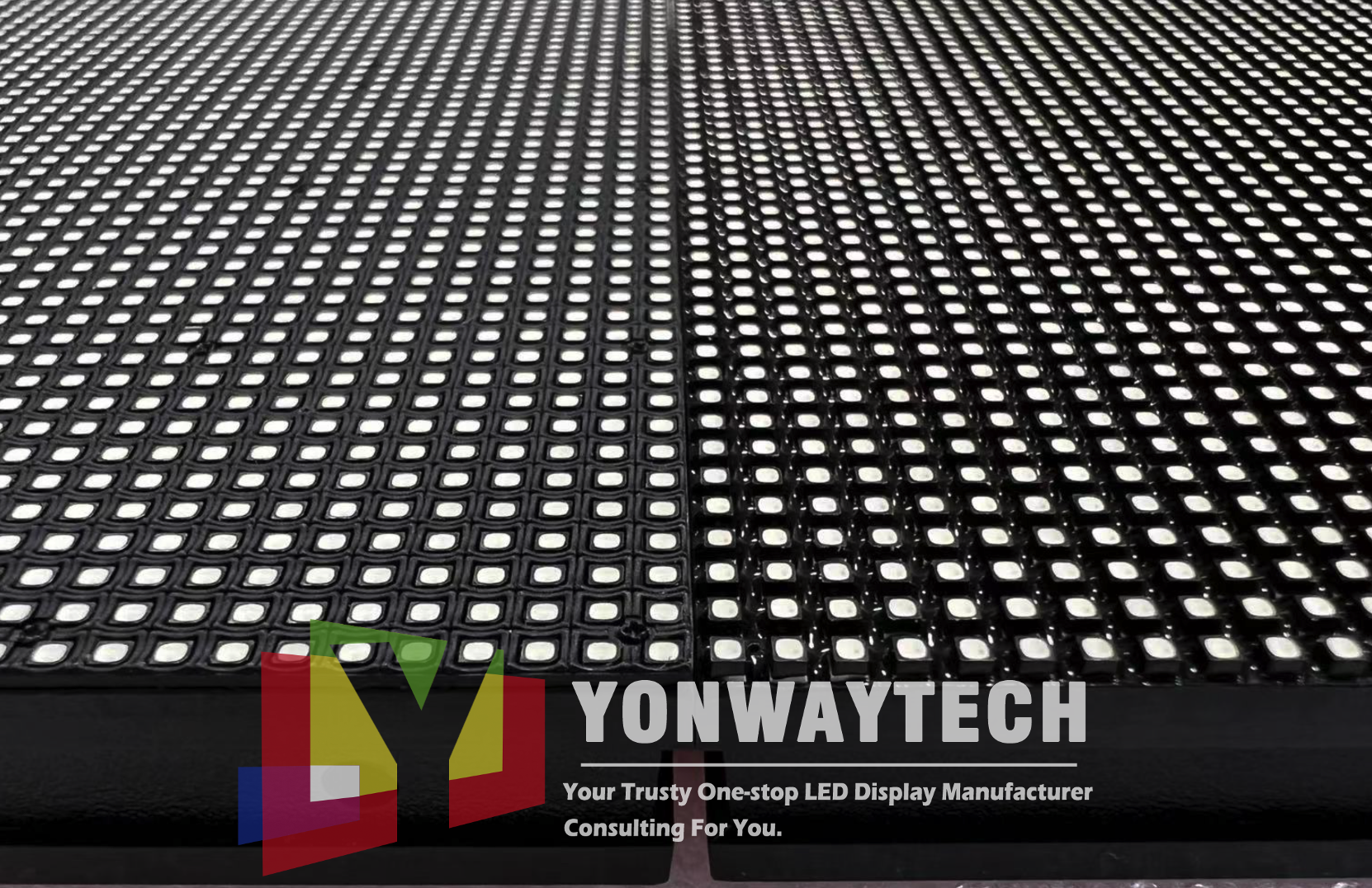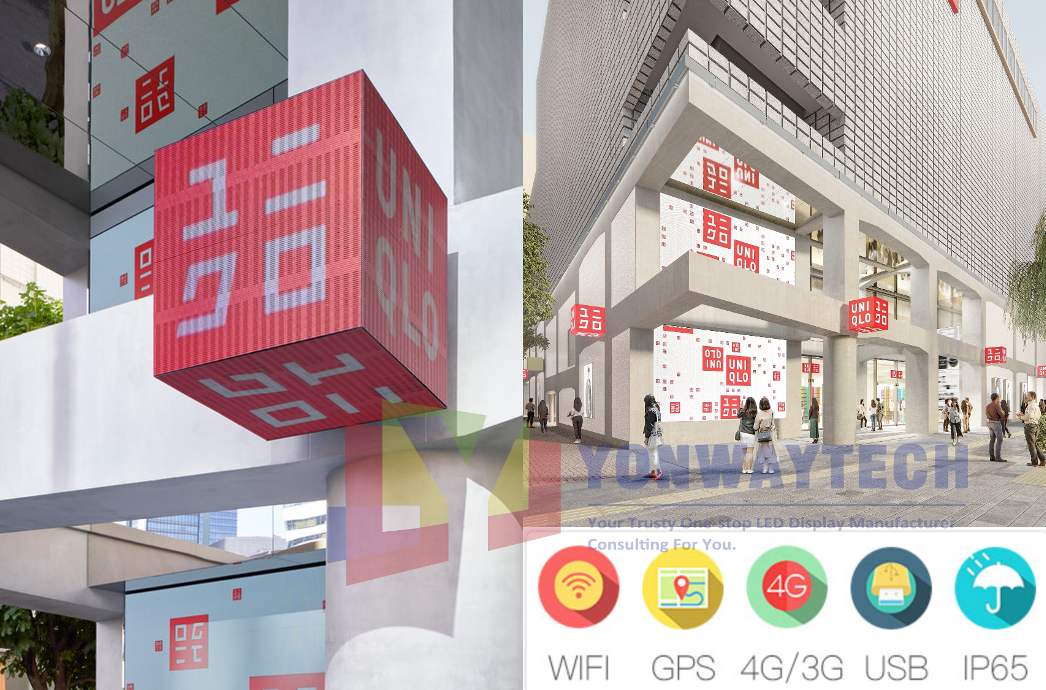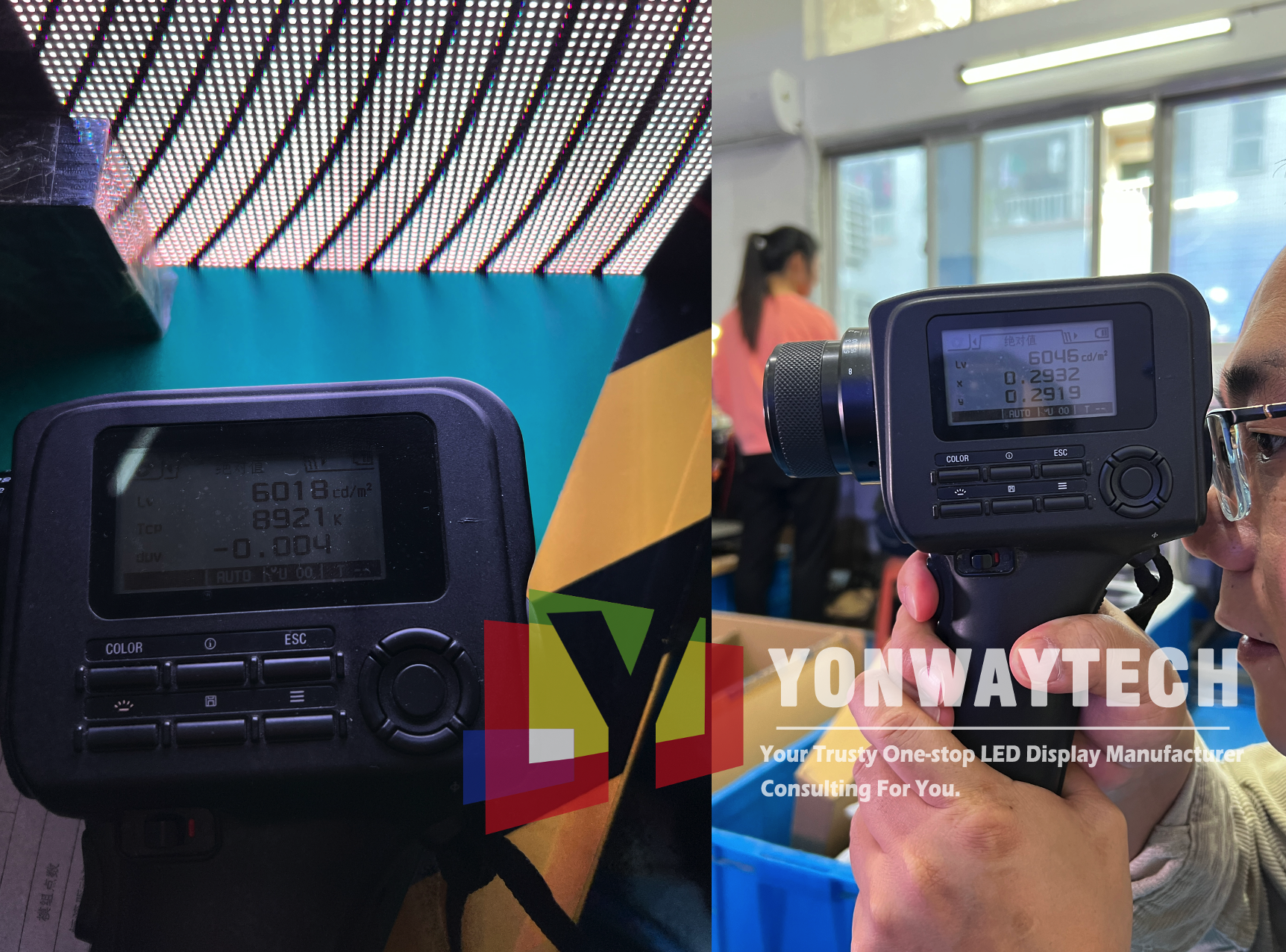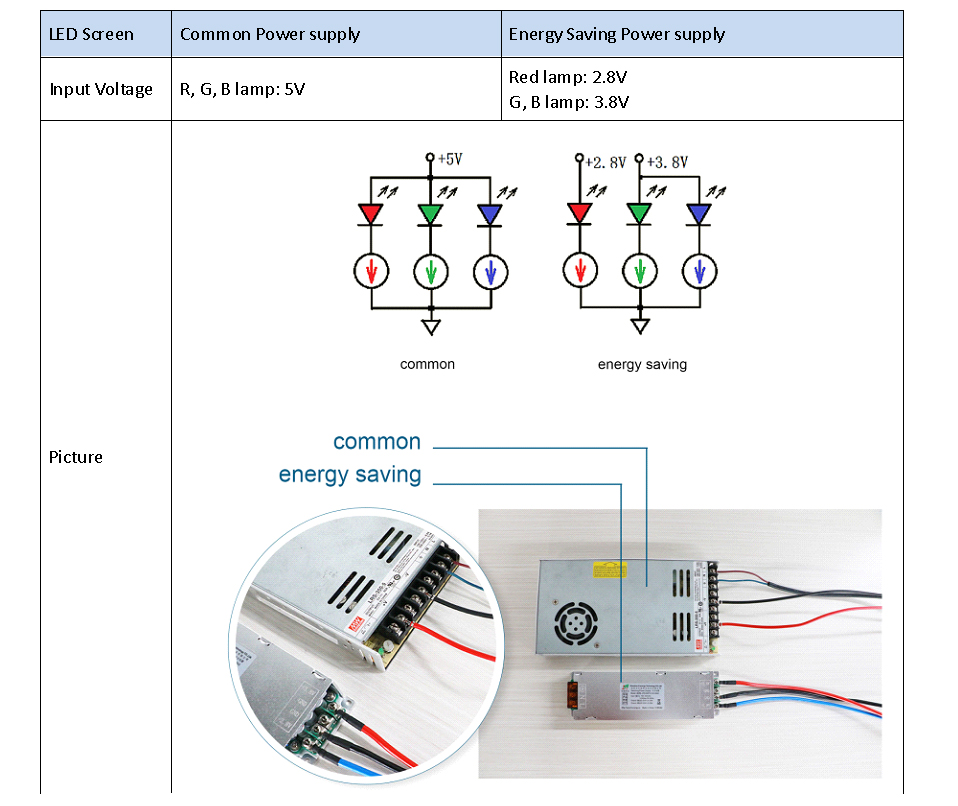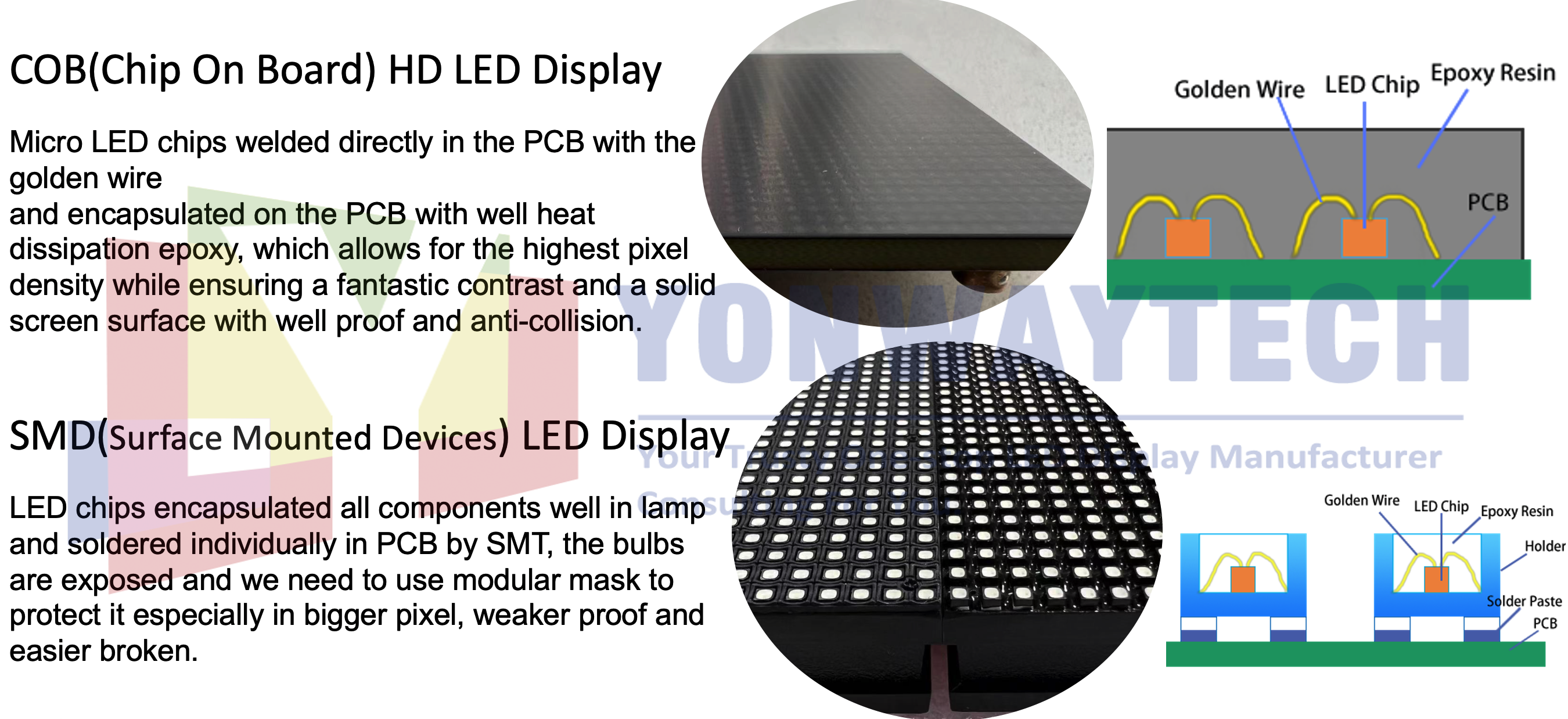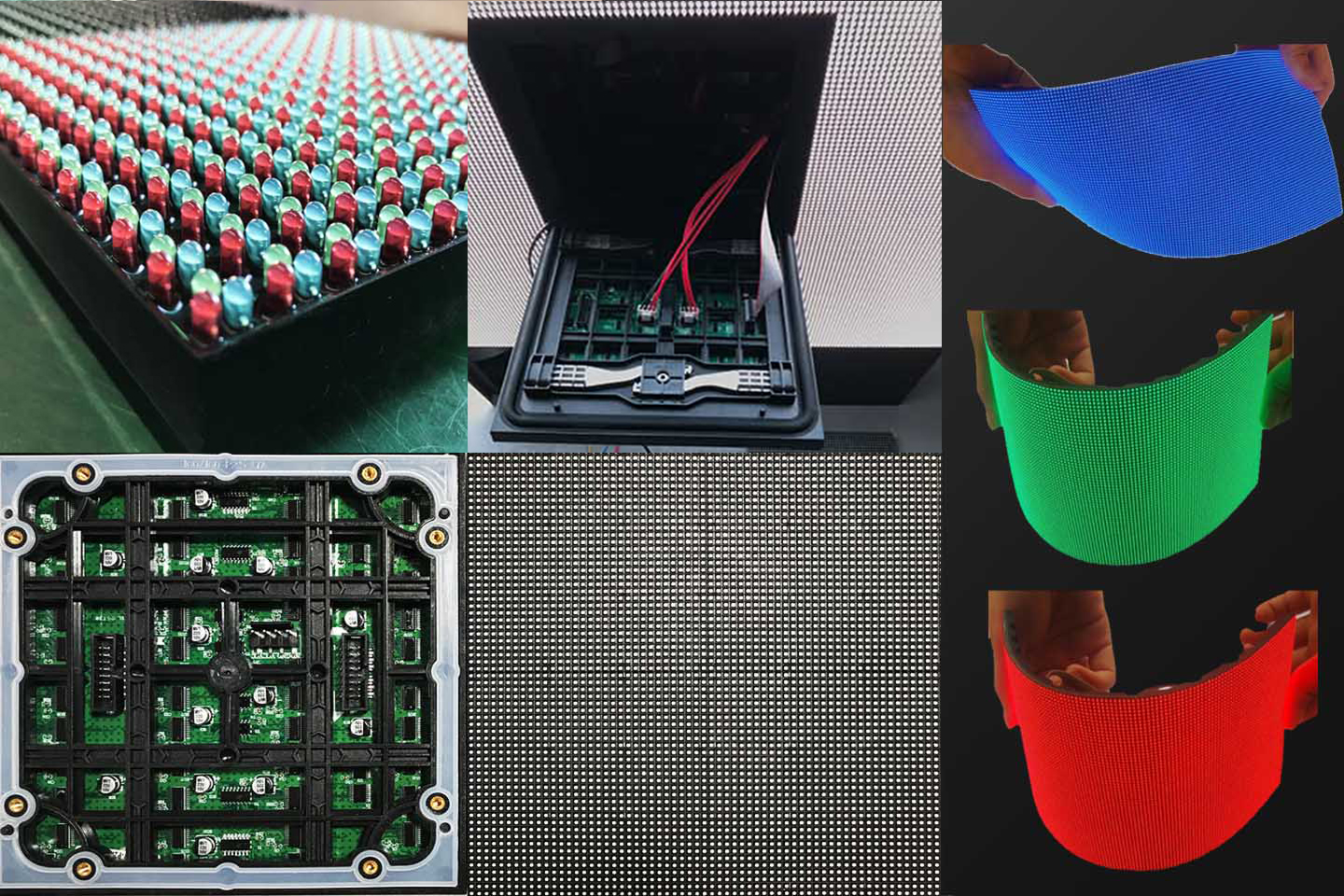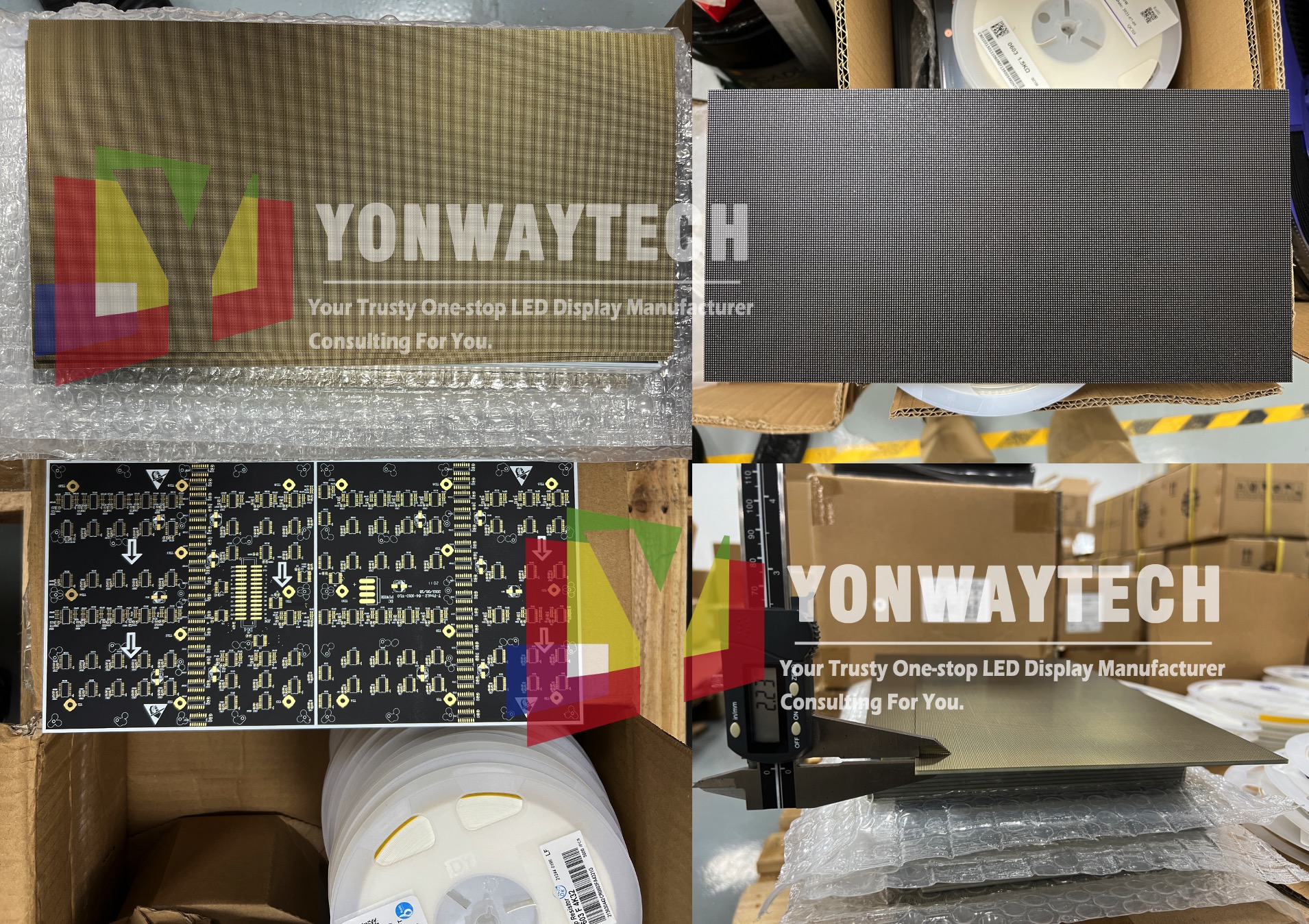Something what you may mostly caring about led display technology.
If you’re new to LED technology, or just love to learn more about what it’s made of, how it works, and more details, we’ve compiled a list of some of the most commonly asked questions.
We dive into technology, installation, warranty, resolution, and more to help you become more acquainted with LED displays and video walls.
LED Basics FAQs
What is a LED display?
In it’s simplest form, LED Display is a flat panel made up of tiny red, green and blue LED diodes to visually represent a digital video picture.
LED displays are used around the world in various forms, such as billboards, at concerts, in airports, wayfinding, house of worship, retail signage, and so much more.
How long does a LED display last?
Compared to the lifespan of an LCD screen at 40-50,000 hours, an LED display is made to last 100,000 hours — doubling the life of the screen.
This can slightly vary based on usage and how well your display is maintained.
How do I send content to the display?
When it comes to controlling the content on your LED display, it’s really no different than your TV.
You utilize the sending controller, connected by various inputs like HDMI, DVI, etc., and plug in whatever device you want to use to send content via the controller.
This can be an Amazon Fire stick, your iPhone, your laptop, or even a USB.
It’s incredibly simple to use and function, as it’s technology you’re already using everyday.
What makes an LED display mobile vs permanent?
It’s important to know if you’re doing a permanent install, where you will not be moving or disassembling your LED display.
A permanent LED panel will have a more enclosed back, whereas a mobile display is quite the opposite.
A mobile display has a more open-back cabinet with exposed wires and mechanics.
This allows for the ability to quickly access and change panels, as well as easier setup and tear down.
Additionally, a mobile led display panel has features like quick locking mechanisms and integrated handles for carrying.
LED Screen Technology FAQs
What is a pixel pitch?
As it pertains to LED technology, a pixel is each individual LED.
Each pixel has a number associated with the specific distance between each LED in millimeters — this is referred to as the pixel pitch.
The lower the pixel pitch number is, the closer the LEDs are on the screen, creating higher pixel density and better screen resolution.
The higher the pixel pitch, the further away the LEDs are, and therefore the lower the resolution.
Pixel pitch for an LED display is determined based on location, indoor/outdoor, and viewing distance.
What are nits?
A nit is the unit of measure for determining the brightness of a screen, TV, laptop, and similar. Essentially, the larger the number of nits, the brighter the display is.
The average number of nits for an LED display vary — indoor LEDs are 1000 nits or brighter, whereas outdoor LED starts at 4-5000 nits or brighter to compete with direct sunlight.
Historically, TVs were lucky to be 500 nits before the technology evolved — and as far as projectors are concerned, they are measured in lumens.
In this case, lumens are not as bright as nits, therefore LED displays emit a much higher quality picture.
Something to think about when deciding on your screen resolution with consideration to brightness, the lower the resolution of your LED display, the brighter you can get it.
This is because as the diodes are further apart, which leaves room for using a larger diode that can increase the nits (or brightness).
What does common cathode mean?
Common cathode is an aspect of LED technology that is a more efficient way of delivering power to the LED diodes.
Common cathode gives the ability to control the voltage to each color of the LED diode (Red, Green & Blue) individually so that you can create a more energy-efficient display, and also dissipate heat more evenly.
We also call it Energy-saving LED display
What is flip-chip?
Utilizing flip-chip technology is the most reliable method for bonding the chip to the board.
It lowers the heat dissipation tremendously and, in turn, the LED is able to produce a brighter and more energy efficient display.
With flip-chip, you are eliminating the traditional wire connection and going with a wireless bonding method, which decreases the chances of failure greatly.
What is SMD?
SMD stands for Surface Mounted Diode — a widely used type of LED diode today.
A SMD is an improvement in technology compared to Standard LED diodes in the sense that it’s mounted directly flat against the circuit board.
Standard LEDs, on the other hand, require wire leads to hold them in place on the circuit board.
What is COB?
COB is an abbreviation for Chip On Board.
This is a type of LED that is formed by bonding multiple LED chips to create a single module.
The advantages to the COB technology is a brighter display with fewer components to deal with in the housing, which helps lower the heat generated and create a more energy efficient display overall.
How high of resolution do I need?
When it comes to the resolution of your LED display, it’s important to consider a few factors: the size, the viewing distance, and content.
Without noticing, you can easily exceed 4k or 8k resolution, which is unrealistic in delivering (and finding) content in that level of quality to begin with.
You don’t want to exceed a certain resolution, because you won’t have the content or servers to drive it.
Therefore, if your LED display is viewed closer up, you’ll want a lower pixel pitch to output a higher resolution.
However, if your LED display is very large scale and not viewed up close, you can get away with a much higher pixel pitch and lower resolution and still have a great looking display.
How do I know what LED panel is best for me?
Deciding on what LED display solution is best for you depends on several factors.
You need to first ask yourself — will this be installed indoors or outdoors?
This, right off the bat, will narrow down your options.
From there, you need to figure out how large your LED video wall will be, what kind of resolution, whether it will need to be mobile or permanent, and how it should be mounted.
Once you’ve answered those questions, you’ll be able to figure out what LED panel is best.
Keep in mind, we know that one size does not fit all — which is why we offer custom solutions as well.
How do I maintain my LED screen (or get it fixed)?
The answer to this totally depends on who directly installed your LED display.
If you used an integration partner, then you will want to contact them directly to get maintenance or repairs completed.
However, if you worked directly with Yonwaytech LED, you can give us a call.
Ongoing, your LED display will need very little to no maintenance, besides an occasional wipe down if your screen is outdoors in the elements.
How long does installation take?
This is a very fluid situation, depending on the size of the screen, the location, whether it’s indoor or outdoor, and more.
Most installations are completed in 2-5 days, however each application is different and you will find out a true timeline for your LED display.
What is the warranty of your LED products?
An important factor to consider is the warranty of an LED screen.
You can read our warranty here.
Besides the warranty, here at Yonwaytech LED, when you purchase a new LED video wall from us, we manufacture and supply extra parts so that you are able to maintain and repair your screen for 5-8 more years.
A warranty is only as good as your ability to repair/replace parts, so that’s why we manufacture extra to ensure you’re covered for many years to come.
Get in touch with Yonwaytech LED experts to get all of your questions answered — we’ll be glad to help.
Click here to reach out us, or drop message to Yonwaytech led display directly ➔➔ LED Screen Farmer.



